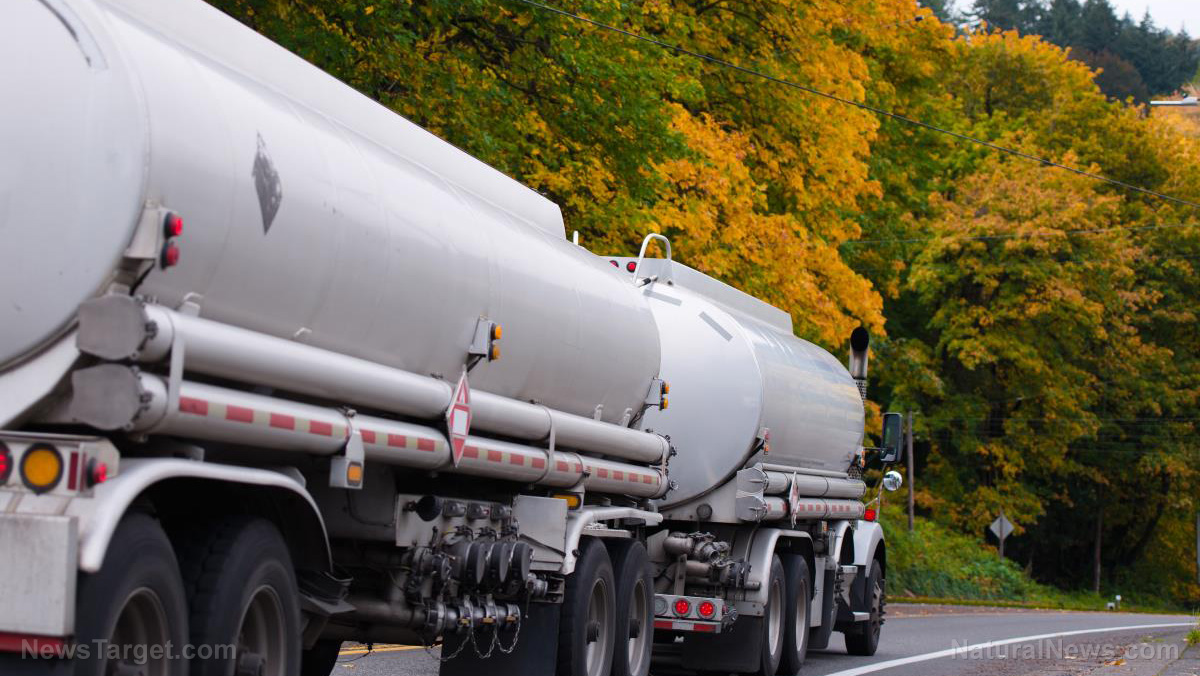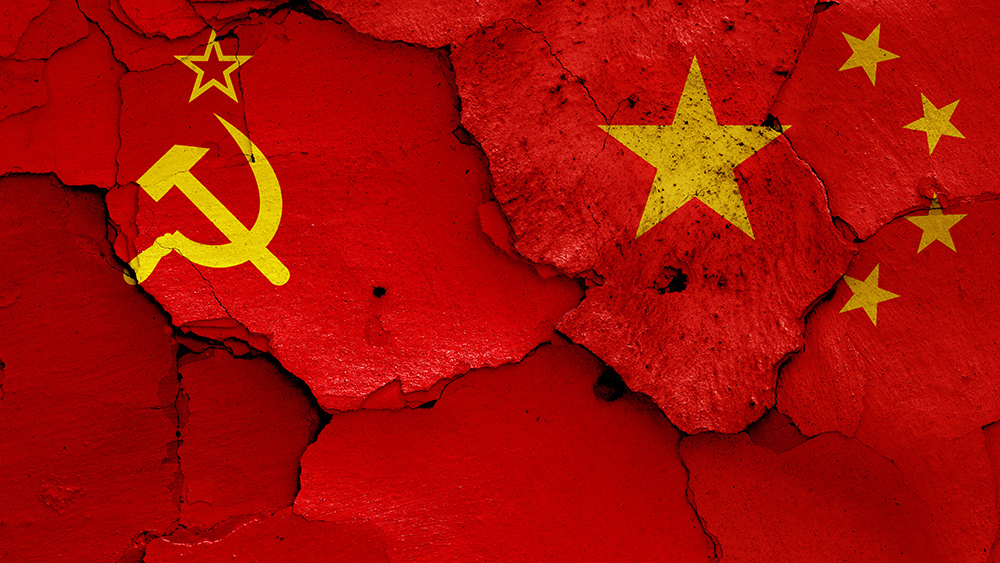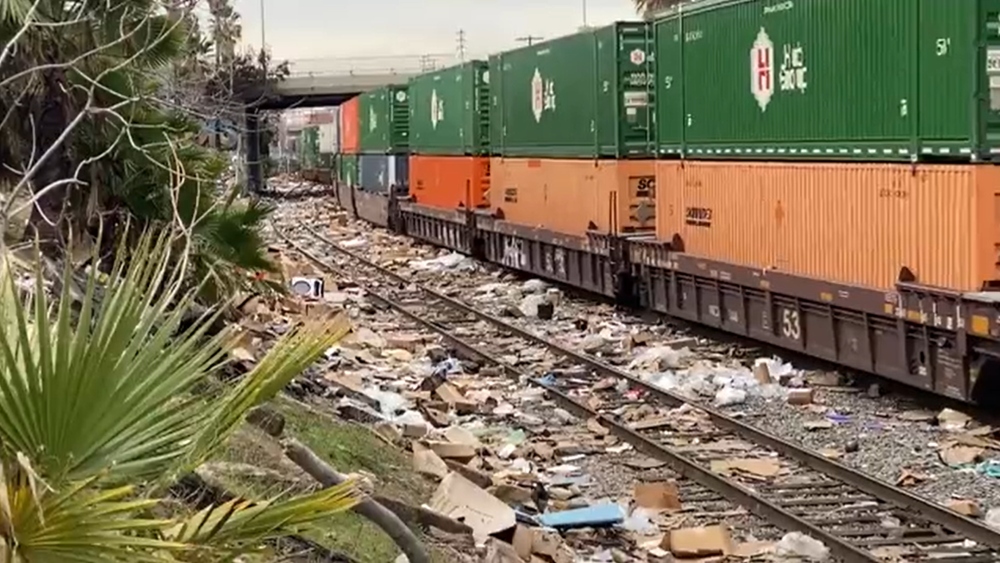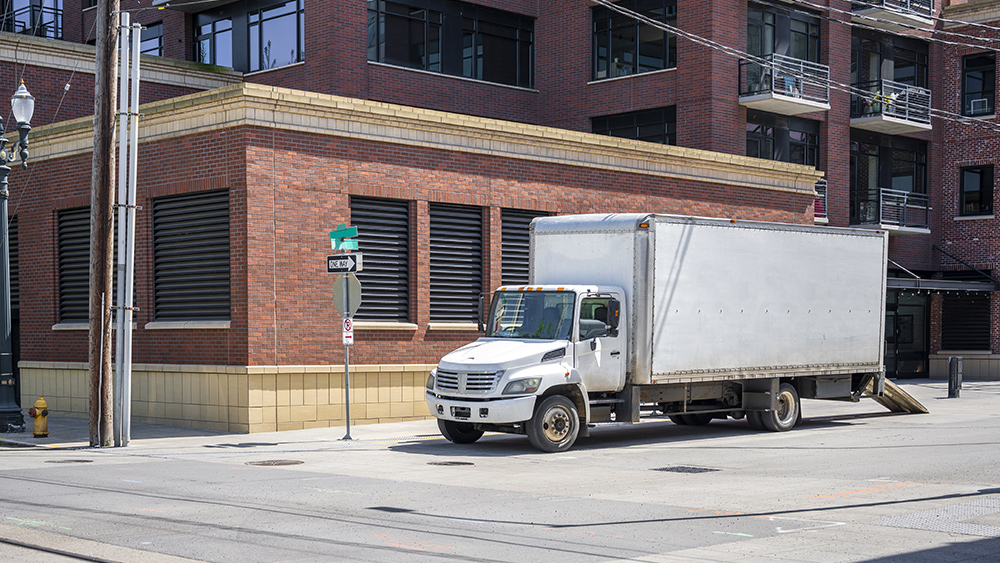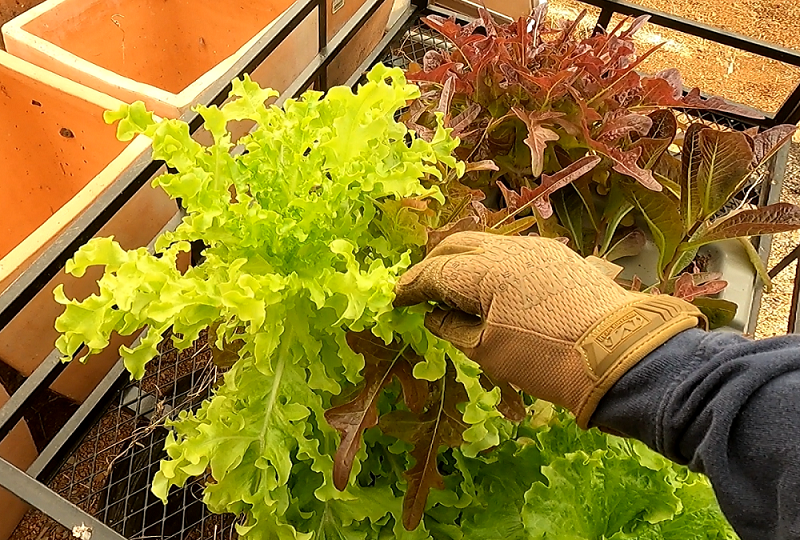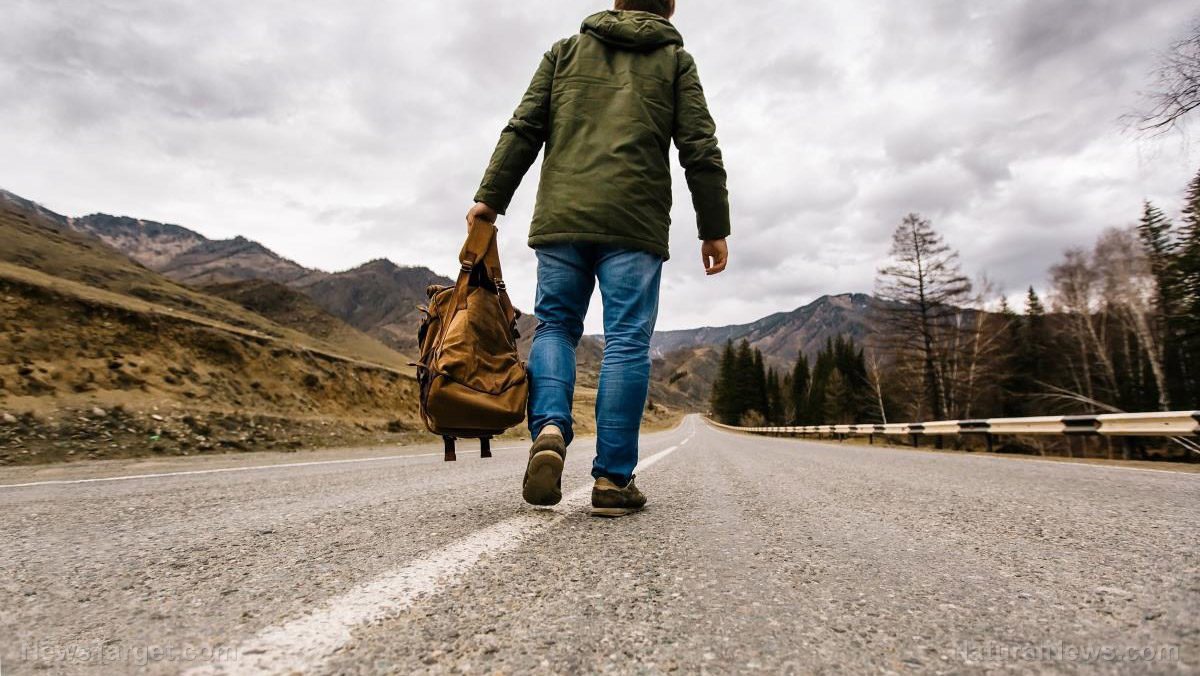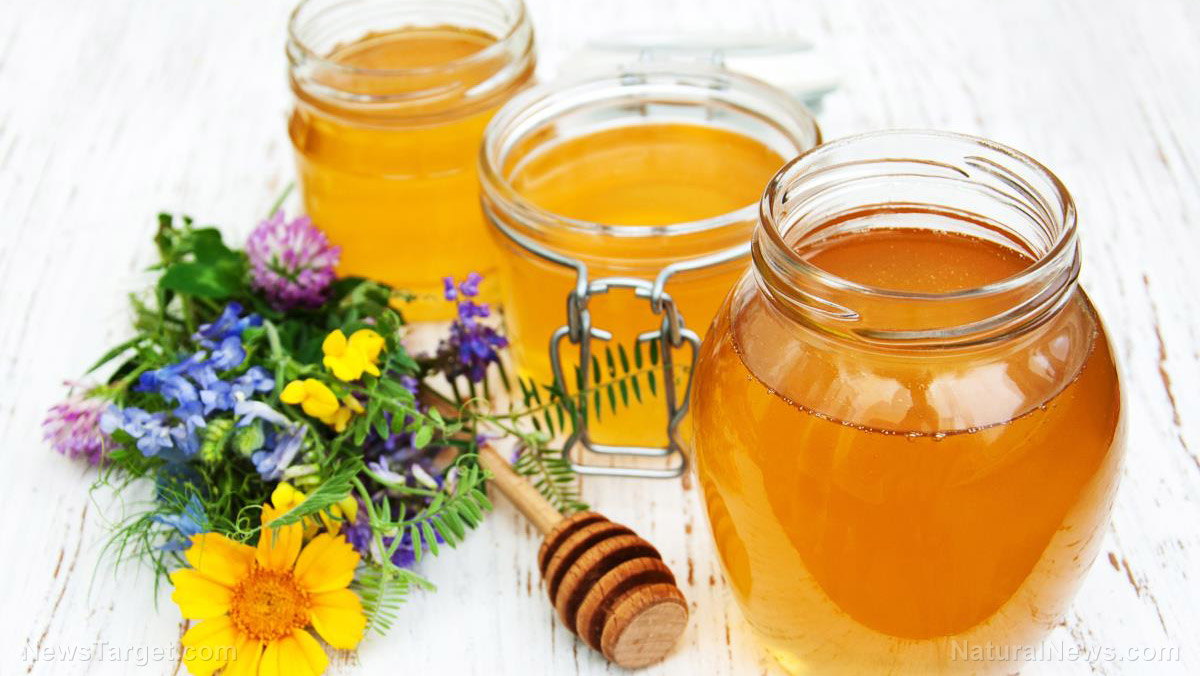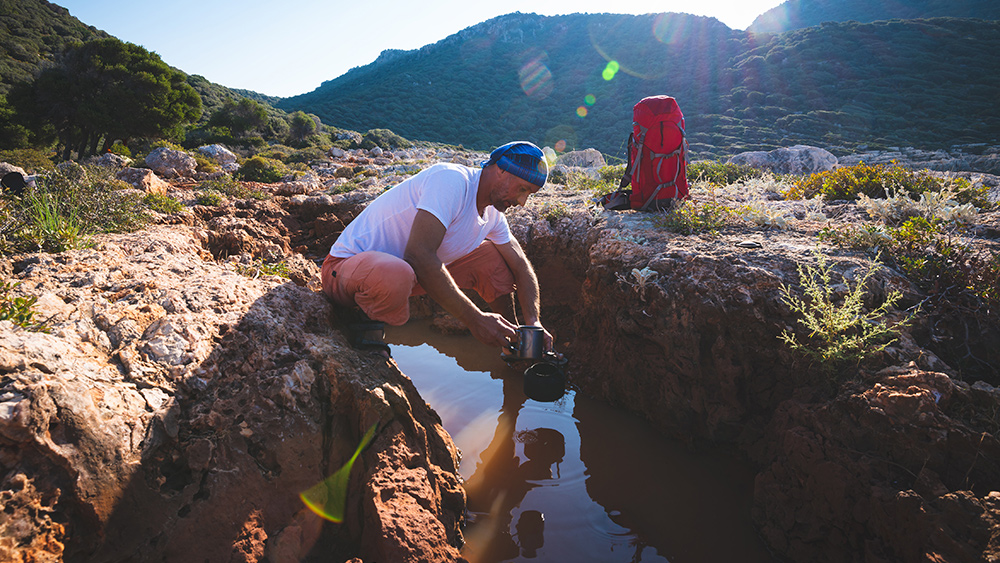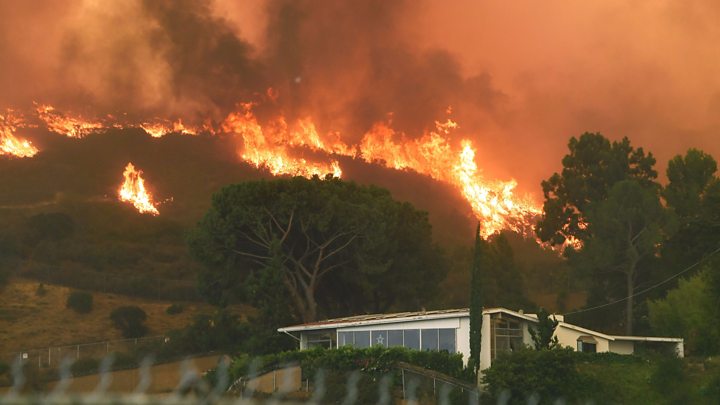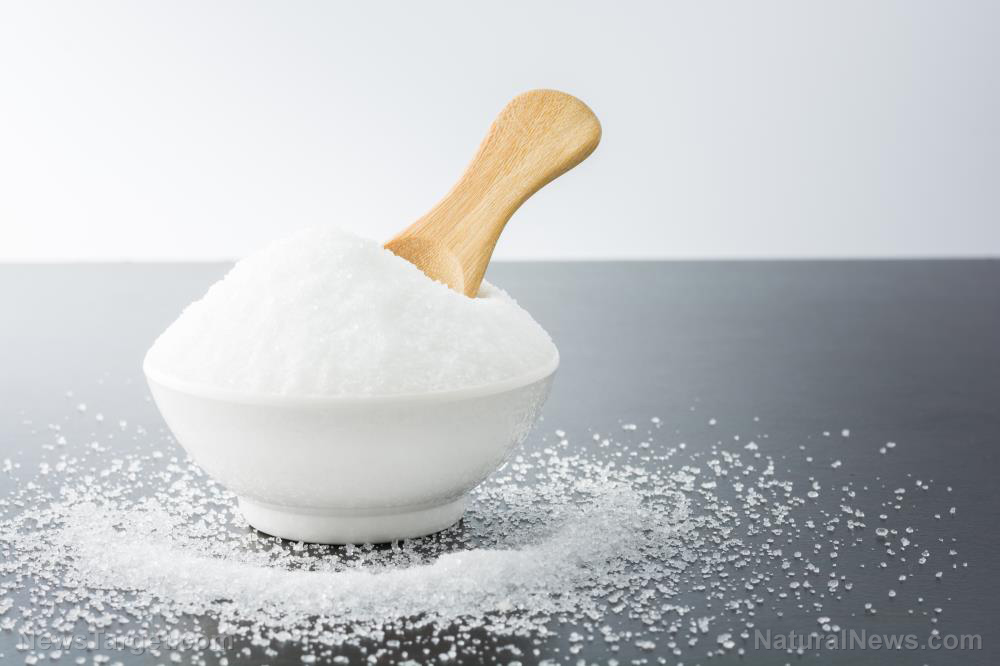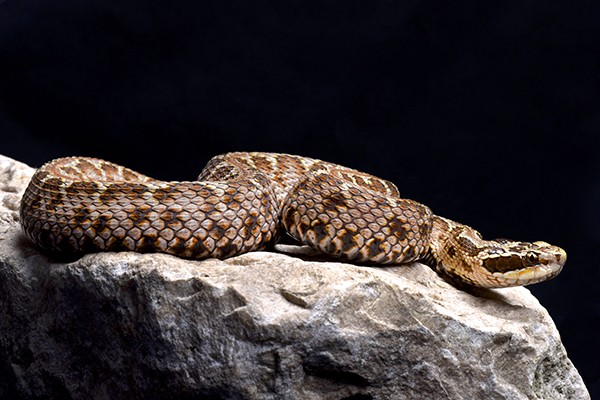Prepper essentials: 3 Emergency water filtration options
01/19/2022 / By Zoey Sky
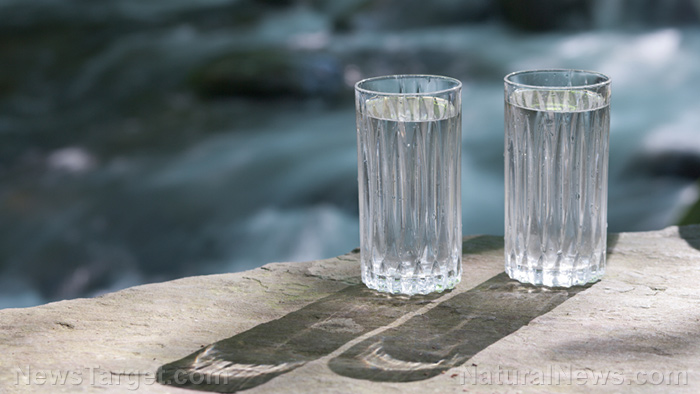
Water is an important part of your preps for when SHTF, especially if you plan to bug in or stay at home when disaster strikes. Even in normal circumstances, you need a regular supply of clean water for drinking, cooking, gardening and sanitation.
If you’re worried about water quality during a survival scenario, learn how to filter water using alternative methods like socks and sand or even a tree branch. (h/t to CommonSenseHome.com)
Is your water supply safe to drink?
The Environmental Protection Agency (EPA) tracks 90 different water pollutants like acrylamide and xylenes. In different agricultural areas in the U.S., residents often deal with issues such as nitrate and bacterial contamination from agricultural runoff that may cause health problems.
In 2013, results of well testing revealed that one in five wells in Kewaunee County, Wisconsin, tested positive for E. coli, coliform bacteria and nitrates.
Coliform bacteria are organisms present in the environment and in the feces of all warm-blooded animals and humans. While coliform bacteria probably won’t make you sick, their presence in drinking water suggests that there are disease-causing organisms or pathogens in the water system.
In the past, agricultural runoff was linked to the toxic algae bloom that caused a water crisis in Toledo, Ohio. Additionally, flooding can overwhelm storm sewers and septic systems in your area, eventually sewage into streets and homes and contaminating your water supply.
Public utilities are required to make announcements if measured pollutants reach unsafe levels. According to the EPA website, if your water comes from a household well, you should check with the health department or local water systems that use groundwater to learn more about “contaminants of concern” in the area.
The best way to confirm if your water is safe is through regular testing. Testing wells can help determine pollutant levels, which often fluctuate throughout the year.
If you think you are in a high-risk area, test more frequently. Alternatively, you can filter your drinking and cooking water using quality water filters.
3 Alternative water filtration to use when SHTF
After disaster strikes, you might lose access to a commercial water filter.
The alternative water filtration methods detailed below won’t make water 100 percent safe to drink, but they can still help reduce particulates or very small particles.
Sock and sand water filter
Water that won’t be used for drinking or cooking can be filtered using an old sock. You can also use a new sock to filter out debris.
It’s best to use all cotton socks because synthetic fibers are too smooth to offer good filtration. Fill the sock with sand to provide an additional layer of filtration.
The first flush of water through the sock and sand filter will help eliminate any loose dirt particles, but it will produce cloudy water. You may need to pour several cups of water through the sand to get a clear flow of water.
When filling the sock with sand, tuck it into a large cup or can to hold it wide open. (Related: Essential survival skills: How to purify water when SHTF.)
Burlap water filter
According to a study of the filtering abilities of different fabrics, burlap was the best for filtration effectiveness.
For the study, researchers tested natural fabrics like burlap, cotton and silk. The fabrics all offered filtration, but triple-folded burlap (with eight layers of fabric) provided the best filtration and the fewest number of cloth fibers in the filtered water.
On the other hand, filtering the water through polyester increased turbidity readings or the cloudiness or haziness of a liquid. The scientists suggested that polyester was shedding bits of material into the water.
If you have to filter water using fabrics, use natural fabrics whenever possible.
Once you filter the water with folded burlap, boil for 15 to 20 minutes. The boiled water will taste flat, but aerating can help improve the taste. Do this by blowing bubbles in the water with a straw or pouring it into a sealed bottle and shaking well.
Tree branch water filter
As the name suggests, this method requires a section of a branch about four inches long. Skin the tree branch, then carefully whittle it until it fits inside a section of hose or a bottle opening.
Let water gravity feed through the branch “plug.” Natural passages within the branch will act as filters. This method works, but it’s much slower compared to the sock and sand or burlap filters.
The filter should fit snugly in the opening of your bottle. Note that the branch section will get clogged fairly quickly and that the water will also taste a little unusual because of tannins in the branch, but this is normal.
Once you have filtered out bigger contaminants in the water, do the final filtering using gravity or mechanical filters like a portable water filter “straw” or other devices, especially if you need water for drinking or cooking.
The final filtering step helps get rid of bacteria and other microscopic contaminants that the other rough filters will not remove.
Watch the video below to learn how to make a simple water filter.
Before SHTF, learn how to make an emergency water filter using common items like a sock and some sand, burlap or a tree branch.
Sources include:
Tagged Under: bug out, clean water, Gear, homesteading, how-to, off grid, preparedness, prepper, prepping, SHTF, survival, Survival Tips, survivalist, water filters, water filtration, water purification
RECENT NEWS & ARTICLES
COPYRIGHT © 2017 PREPAREDNESS NEWS


